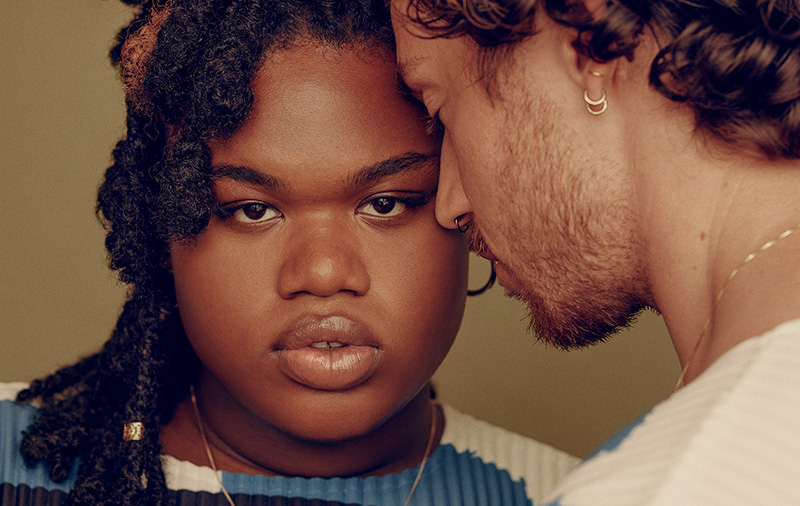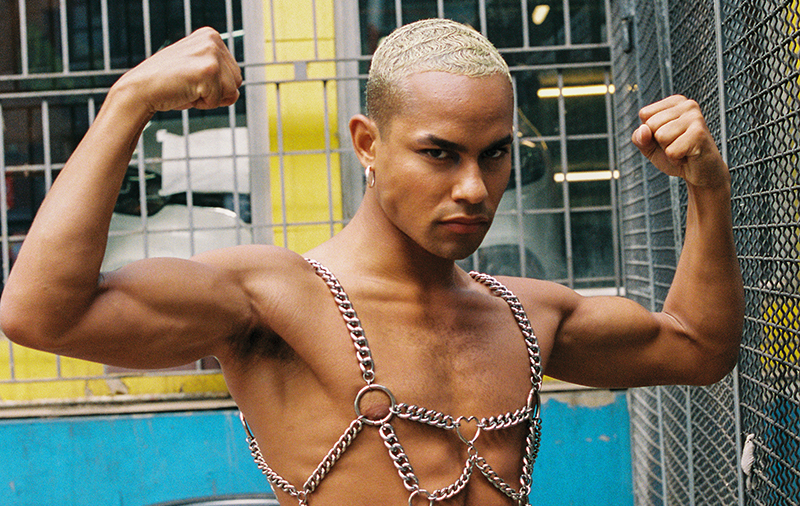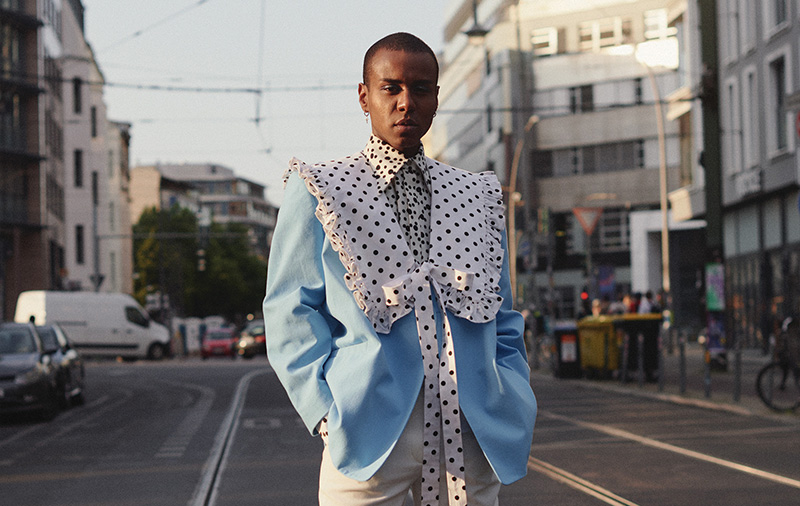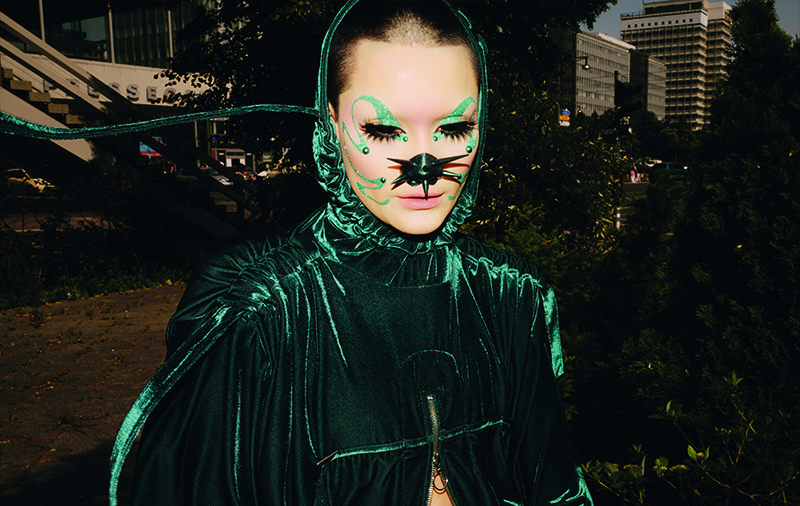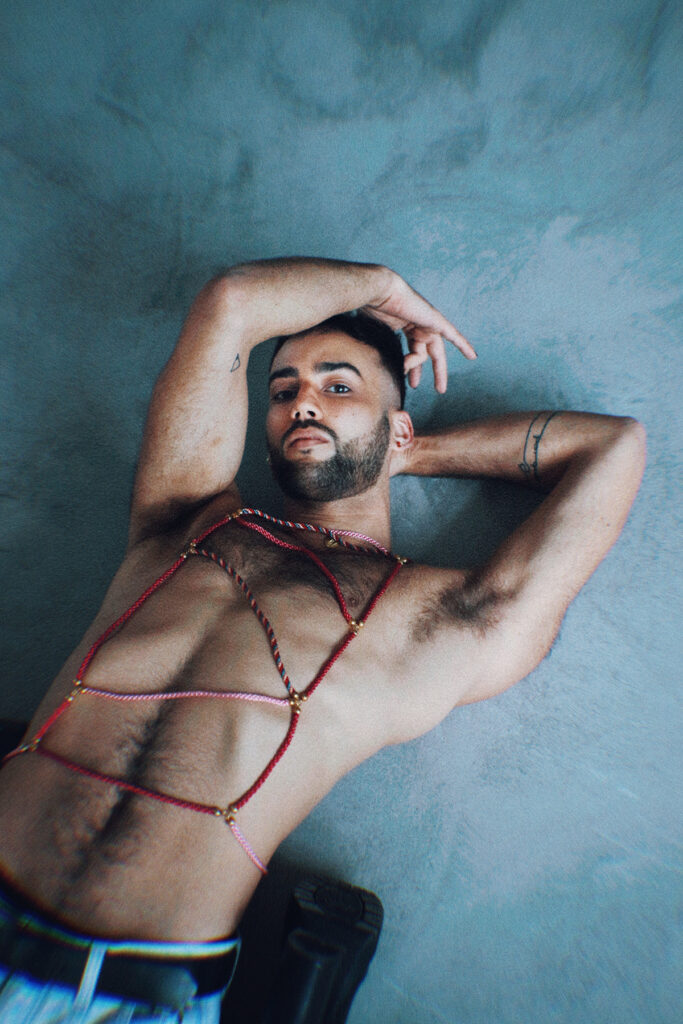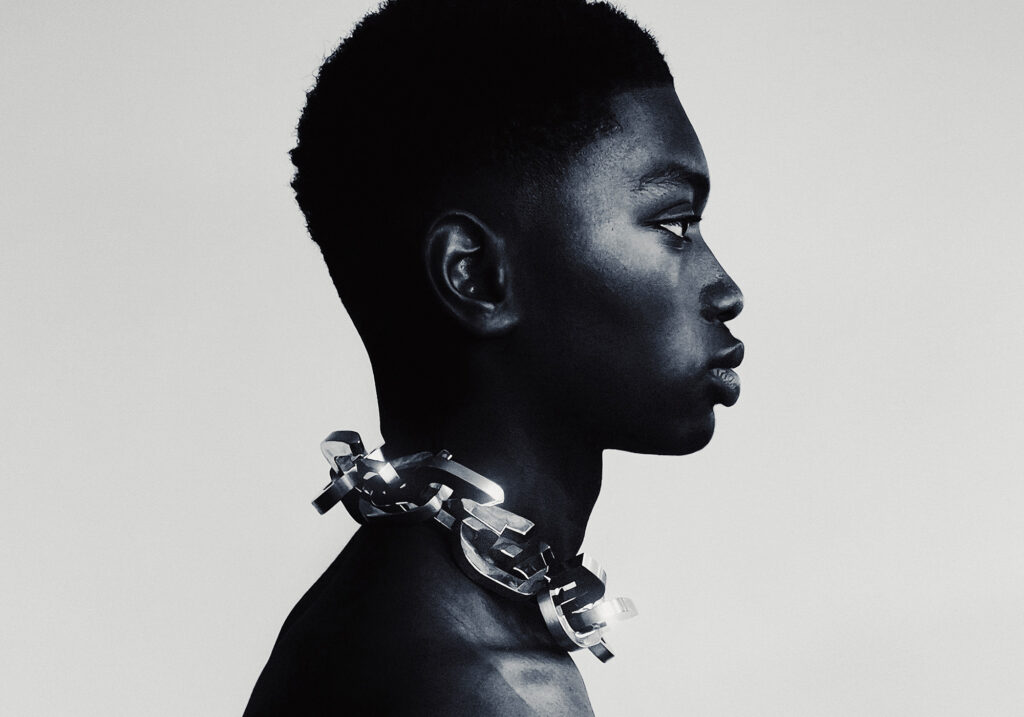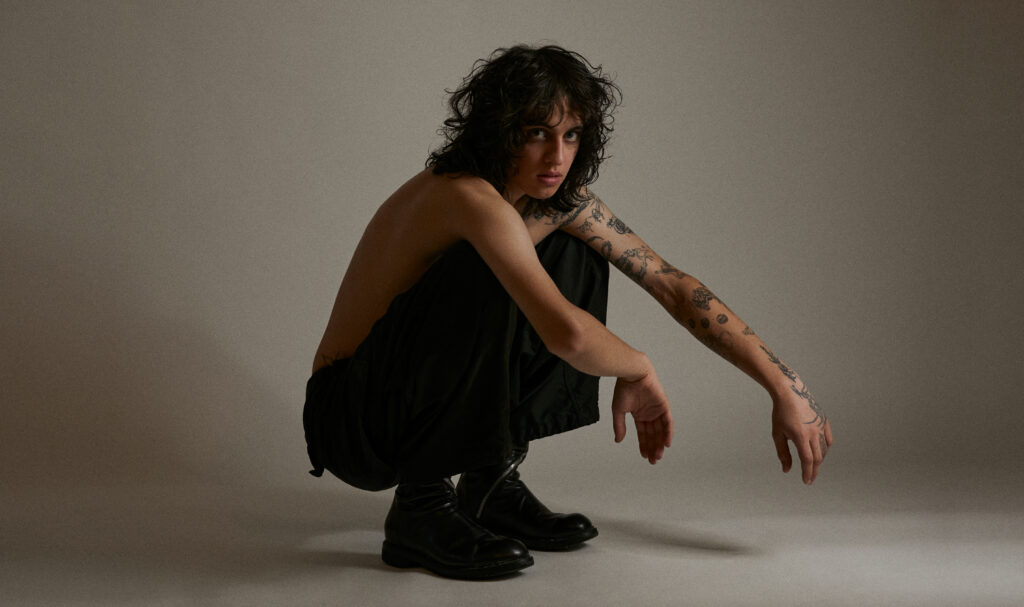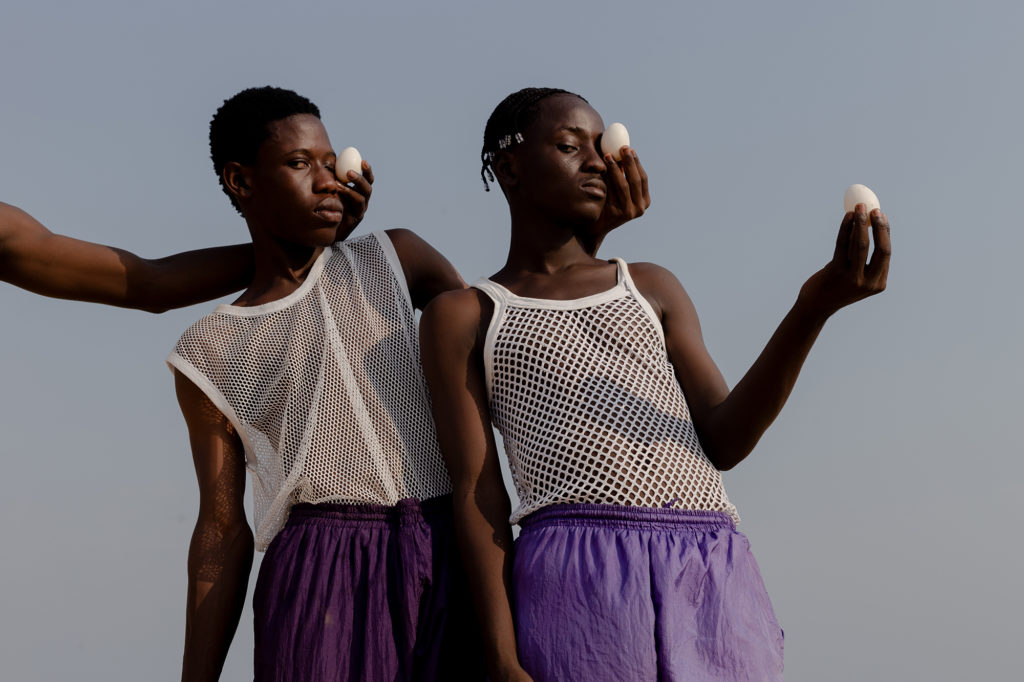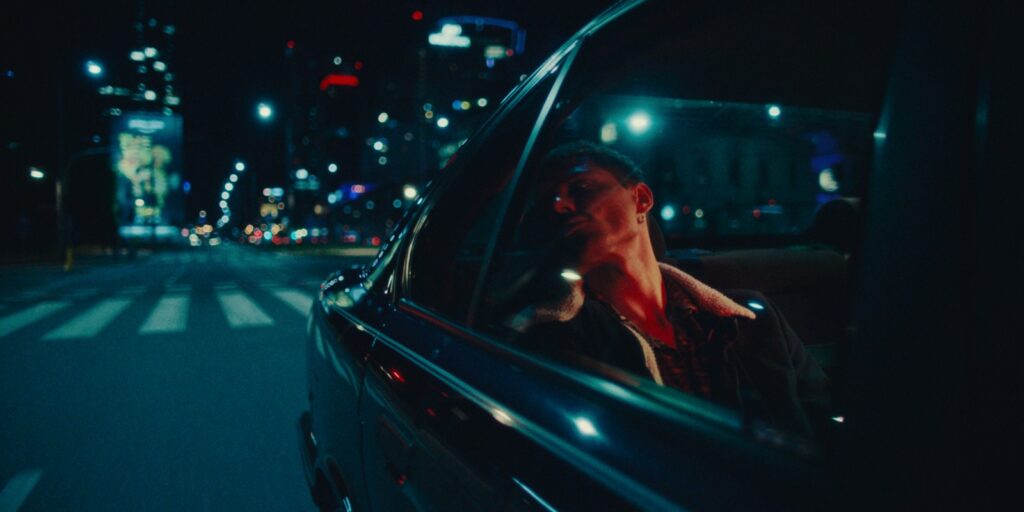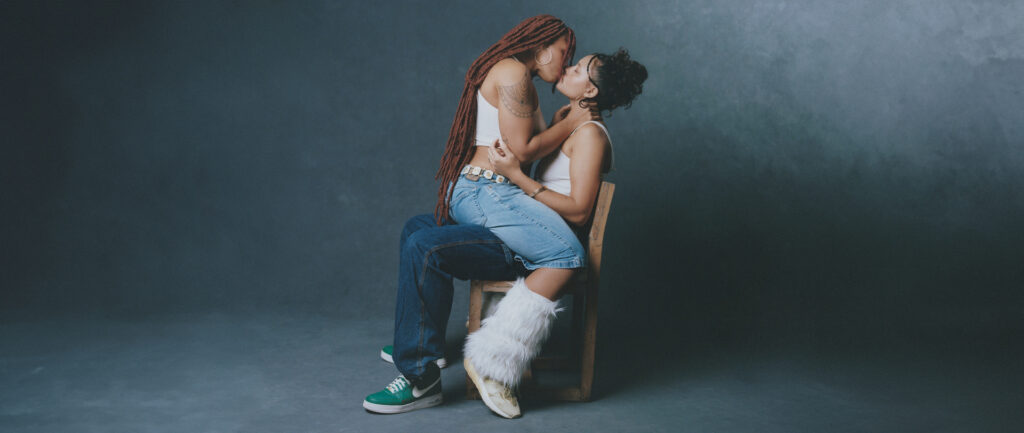Living in Lupae Latex, A Fashion Revolution
Interviewee Fashion Designer Michelle Worsley
Words Drew Lor
Latex is taking over fashion, with Lupae at the heart. We spoke to the founder, Michelle Worsley, on queerness and the latex revolution.
What does it mean to be empowered as a queer person? How do we deconstruct gender roles with fashion? From the Berlin underground clubs to the highest fashion runways, latex has been making quite a stir in the fashion world. With its sleek, plastique look, tight and sexy on the body, latex can give anyone confidence and shine.
Lupae is the label that has been dominating the latex industry in Berlin – with humble beginnings, founder Michelle Worsley sat down with us to talk more about how latex is being used as a method of empowerment, especially within the queer community.

Photography by Arnaud Ele
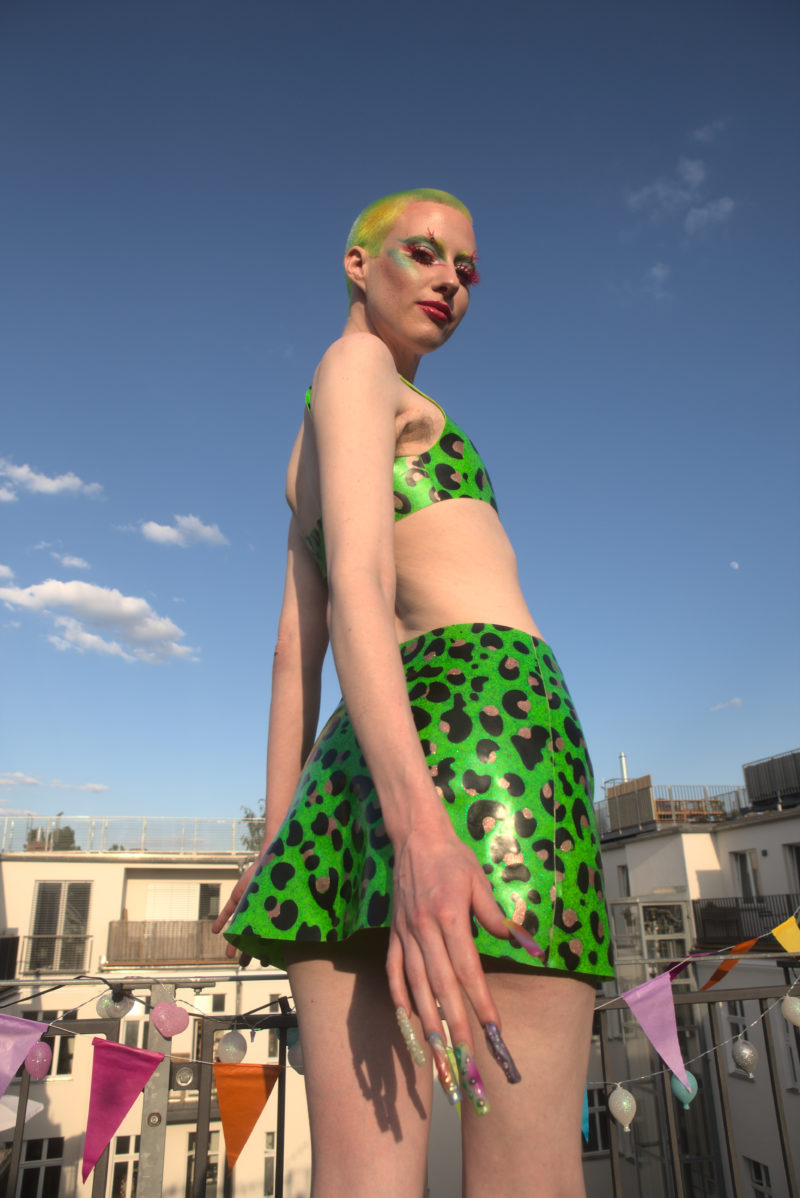
Photography by Tatsiana Tribunalova for Transnormalcy Films. Make-up and hair by Lau Perrea.
Why latex and what does it mean for the queer community? Michelle explains: “Latex holds a remarkable power to enable you to engage with your body in a completely new way. It hugs to your skin like a corset, allowing you to shape and mould your body to your desired form. Yet, at the same time, it is soft and moves with your body, sliding against your skin, heating and cooling you, offering a sensual escapism from your physical day to day reality,” they say.
“The entire experience of wearing latex is one of complete transcendence. When you wear latex, you experience your body both visually and physically different than ever before, you become the fantasy you desire. Thus, latex becomes a chameleon armour for queer and fluid expression.”
Lupae, in particular, puts queer messages, models and representation to the forefront, using a lot of trans models in their photoshoots and runways. When discussing their greatest moment of visibility, Michelle responds: “When I asked Grace Oni Smith to be the face of Lupae and the first model for my product images it was an obvious choice for me as she is one of the most beautiful and charismatic people I know,” Michelle responds.
“After the shoot she expressed to me how affirming it felt as a trans woman to be put centre stage by a brand and I only then truly realised the importance of visibility and normalising queer and trans bodies.”
As for the inspiration for Lupae, its very foundations are queer. Michelle describes what “lupae” actually means. “I studied Roman History in university and specialised in Roman female sexuality. Lupae is a Latin word that translates to ‘she-wolves’, which was also used colloquially as a slur to call a woman ‘vile’, ‘nasty’ or ‘overly sexual’,” they say. “I find the image of this fierce, independent group of people that sat on the edge of mainstream society reflected in our queer community today.”
It comes down to the essential necessity of queer visibility and representation yet again. Michelle conveys: “Visibility and representation means to me the ability to see yourself reflected in a world of like minded and embracing others.” This is the true meaning of our Visible Love 2022 exhibition, to see ourselves, queer and intersectional reflected all over Europe.
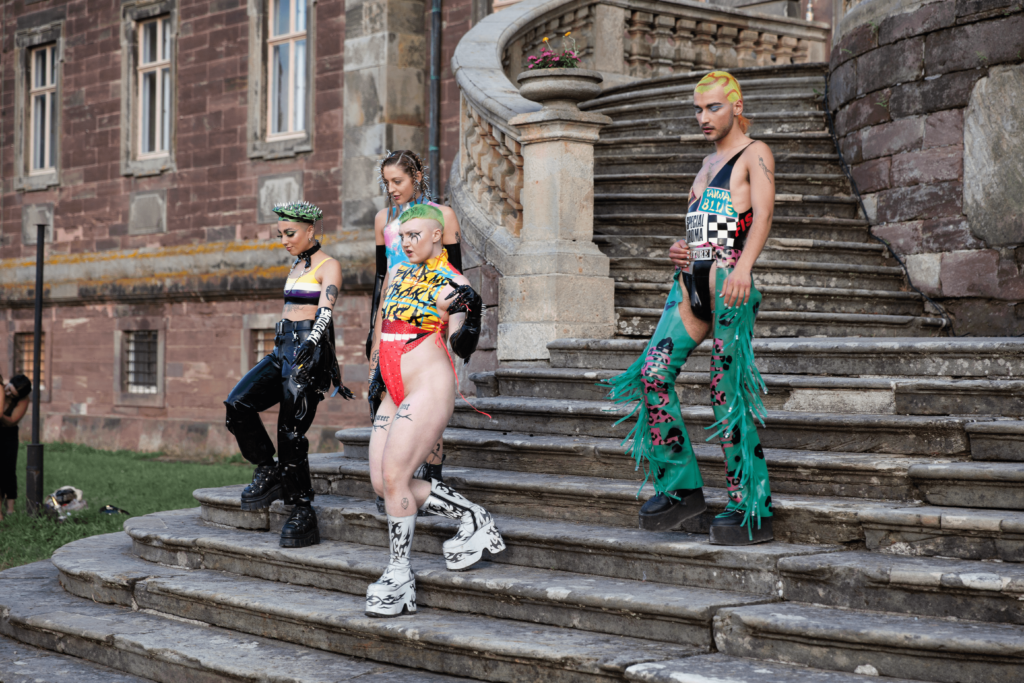
Photography by Christelle Lafosse at Utopia Festival
So how does one get into something like the latex industry? Michelle tells us hardcore training isn’t necessary to get what you want. “I never trained in fashion but always had a fascination with latex from a young age and knew I wanted to work with it. I learned from various Youtube tutorials and a lot of trial and error. I really believe that if you keep doing something long enough you eventually get good at it.”
Fashion can be used as a tool to tear apart gender binaries and gender norms that we have been forced into. LUPAE knows how important it is to deconstruct gender through fashion. “Fashion is one of the most obvious ways in which we express ourselves to the outside world. When we have the ability to present ourselves on the outside as we feel on the inside we are sending a message to the world and others like us that we are here and we are powerful.”
So how do we deconstruct gender, if we can? Surely it is more than wearing clothes? Michelle gives their thoughts on how we can go further. “Gender has become such an entangled mess of religion, societal power structures, patriarchy, colonialism… the list goes on,” they say.
“Each person has their own individual relationship with gender based on their own history and privileges. If every person could put the work in to understand their personal relationship with gender and then deconstruct it then this positive energy would spread out into the world.”
We couldn’t agree more! It’s important that we look deeply into our own genders, what parts they play, and how we can uphold and lift more marginalised genders through our own analyses. Michelle tells us more on their own experience of their own deconstruction and gender expression: “Wearing latex has gifted me the freedom to explore beyond everything I was and become everything I crave.”
They continue, “As an AFAB person understanding their non-binary truths latex has given me the ability to embrace and celebrate my body as well as multiple potentials to present myself in as many anonymous fluid expressions as I desire.”
The genderless fashion movement is taking on new heights daily and we can’t wait for it to grow, but until then, we will be living in Lupae latex for a long long time.

Photography by Babken Sakanyan
